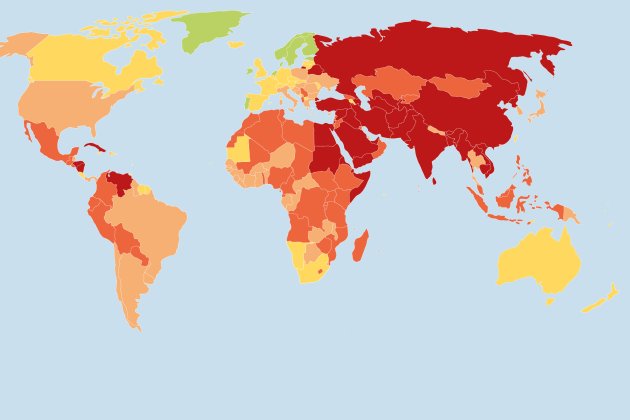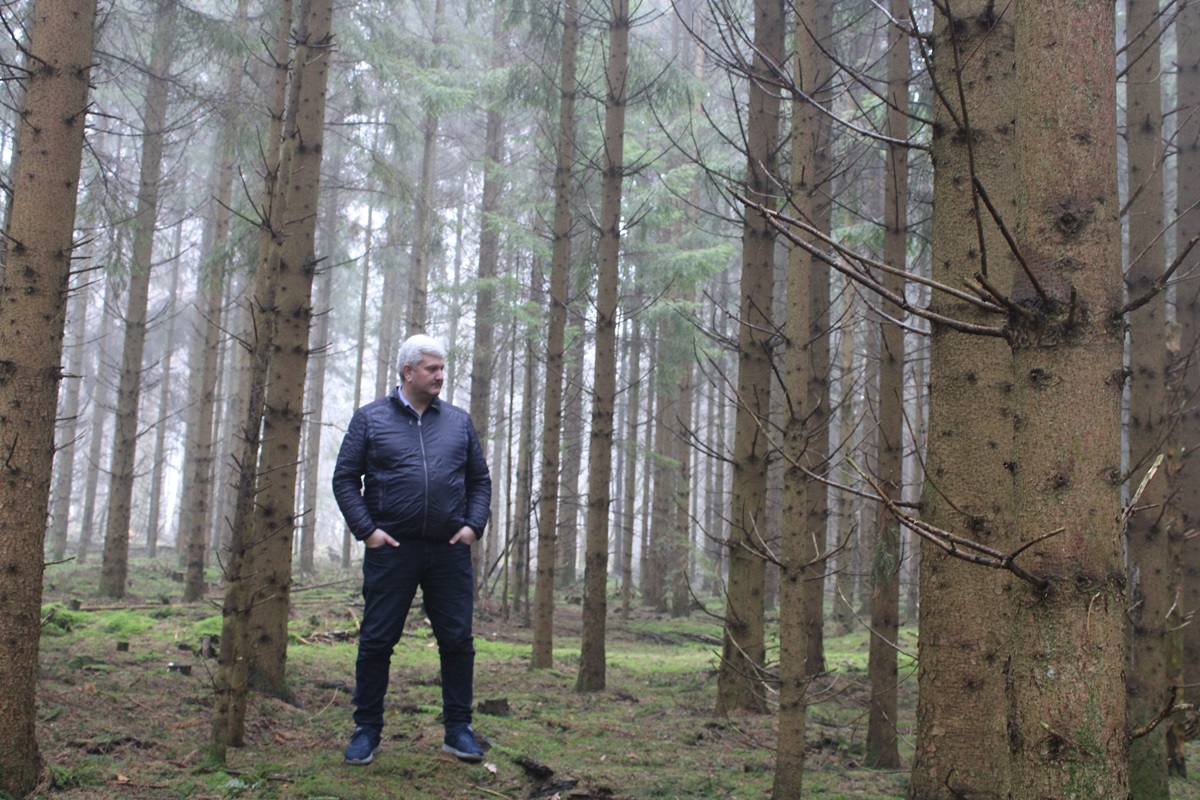When writing an opinion column only once every five weeks, the long intervals provide no shortage of potential topics to tackle.
Since I last graced this page, the interminable waiting for an election was replaced by the interminable waiting for a new government, Denmark continued to show its warm and fuzzy approach to immigration by threatening to send an eight-year-old child alone to Bangladesh, and collective hissy fits were thrown over a proposed congestion charge and the freedom for women to whip out their breasts in public.
Any of these would have provided ample fodder for a column, yet all were completely overshadowed by what happened on September 6. While it didn’t make headlines, it made everything else going on around me suddenly seem not all that important. For it was on that day that I welcomed my daughter into this world.
Aside from the usual joy and challenges everyone experiences when having a new child, my daughter’s birth also provided me with my first real taste of Denmark’s public health system.
Owing to complications with the birth of our son, our daughter was born via a planned caesarean at Herlev Hospital. Despite being told the day before that we would be the last of five scheduled c-sections that day, my wife was ordered to fast from 2am, abstain from drinking after 6am, and to arrive at the hospital no later than 7am based on a far-flung scenario in which several of the pregnant women scheduled before us might just happen to go into labour overnight (even though c-sections are scheduled a week to ten days before the due date).
We dutifully arrived bright and early – my wife is Danish, after all, so following orders is in her DNA – and proceeded to wait. And wait. As the day progressed towards noon, we received not a single bit of information – or so much as a cursory check-in – until I tracked down a nurse and demanded an update only to find that just one of the five c-sections had taken place. We were given a shabby room that we had to share with another couple and, after much wrangling and pleading, my wife was given permission to drink some liquids.
Several more hours passed with no contact from the staff until we were told that we would have to wait until the evening shift arrived. Finally, at around 4pm, after nine solid hours of waiting, it was go time. The procedure itself went fine – easy for me to say as I wasn’t the one having a baby pulled through a hole in my abdomen – and we were soon back in the room, new baby in tow. And how did we get to spend the first few intimate moments of our new child’s life? By sharing it with complete strangers on the other side of a flimsy curtain.
Coincidentally, at the same time we were at Herlev, a friend arrived for a recommended medical procedure only to sit in a waiting room for over 12 hours awaiting an available surgeon. As she sat there, a child in the room became ill and vomited on the floor. The receptionists allowed the vomit to sit there for nearly an hour, causing an irate patient – who undoubtedly had also been staring at the same four walls for most of the day – confronted them about how unprofessional and unsanitary it was to allow the fowl stench to linger and permeate the air. Their response was predictably bureaucratic, saying that they had notified cleaning staff. Apparently at no point did it cross the mind of the supposed health professionals to take care of the mess themselves. The ‘sit around and wait’ approach must apply to employees as well as patients.
It’s a problem not confined to Herlev. Recently, a colleague’s husband went to Køge Hospital for knee surgery and spent the better part of the day waiting for his operation, with no updates from the staff, only to have the operation ultimately moved to the next day due to a lack of staff.
Despite the steady flow of tax money funding the healthcare system, it has seen massive firings and cutbacks, leaving those left in the nation’s hospitals and doctor’s offices stretched too thin. Residents throughout the country are forced to travel longer distances as hospitals close their doors or shut down units. Horror stories of long waiting lists and patients forced to receive care in the hallways are rampant, and there is the grim reality that survival rates for serious diseases like cancer are among the worst in the Western world.
It was with great irony then, that on my first night home from the hospital, the election debate had turned to focus on the healthcare system. I couldn’t help but chuckle at Villy Søvndal as he proposed that the nation’s healthcare problems could all be fixed by raising taxes on junk food and cigarettes.
Ignoring for a moment the fact that raising prices on cigarettes would just lead to more people crossing the border to buy their smokes (I saw the same thing happen at home when smokers crossed the border into Missouri in their droves to avoid paying Iowa’s $1.36 per pack tax), it will take a lot more than pricier cigs, chips and chocolates to fix what ails Denmark’s healthcare system.
Besides, after seeing the level of service our already incredibly high taxes gets us, the last thing I was left thinking was: Gee, wouldn’t it be great if we could give even more of our money to the state? On the contrary, I was left with the nagging question: This is what a 50 percent tax burden gets us?
















